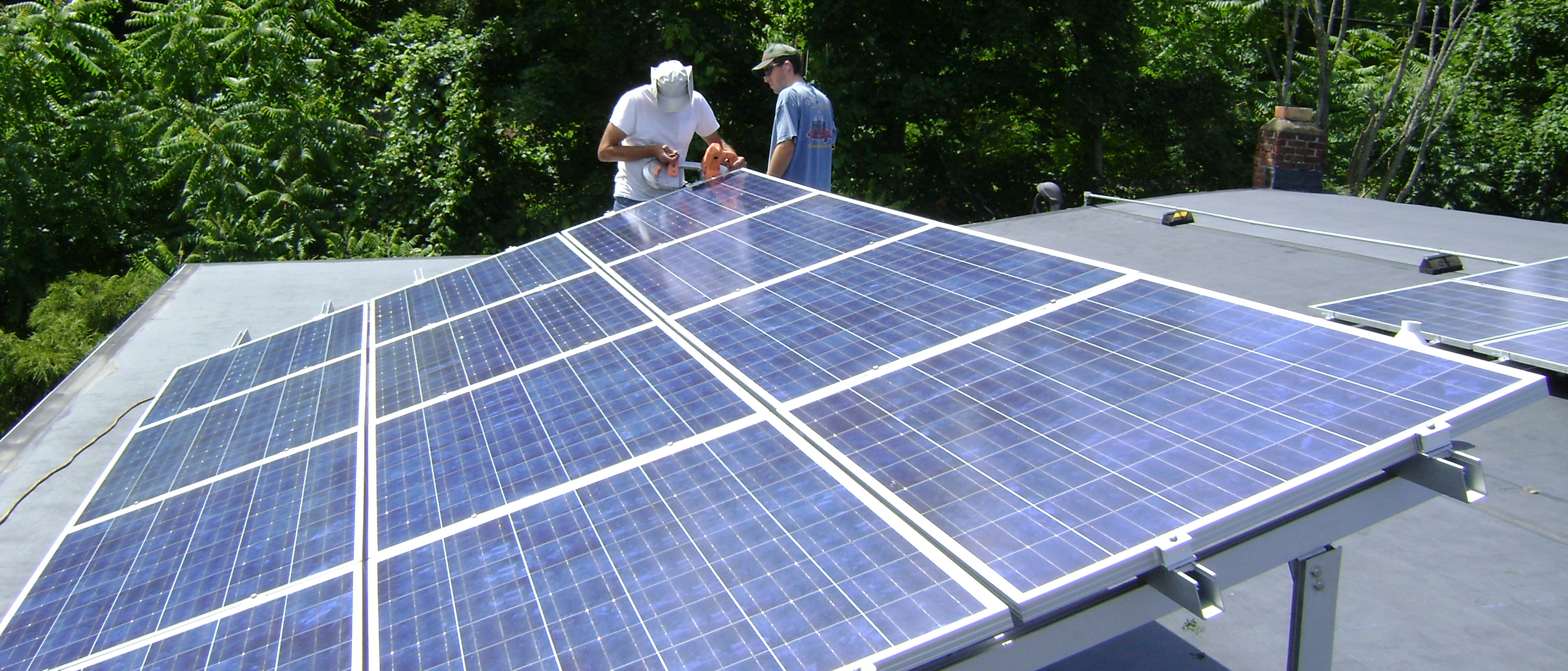
The energy required to power, heat, and cool buildings accounts for a significant share of the region’s greenhouse gas (GHG) emissions. Improving the efficiency of buildings, especially in large cities, is a low-cost, high-impact strategy to reduce emissions. Yet implementing energy-efficiency measures is often slowed by institutional barriers.
Building codes are the best tools states and municipalities have to reduce greenhouse gas emissions from new construction and major renovations. Greening these codes, however, is complicated because so many of them regulate construction, electricity, mechanicals, health, and maintenance, among others. Only the largest of municipalities have the capacity to evaluate these codes, and thus propose changes.
Measuring the energy performance is key to improving a building over time, and technology now allows building owners and the cities and states that regulate them to monitor and compare the energy performance of buildings. With legislation, however, building owners are less likely to do this on a voluntary basis, thereby eliminating an opportunity to benchmark building efficiency.
Strengthen building energy-efficiency codes and compliance
Instead of devising their own, cities can use off-the-shelf codes, such as the International Green Construction Code (IGCC), which emphasizes site development and building performance like indoor air quality, energy efficiency, renewable energy systems, and water conservation. Every city in the region should at least adopt the IGCC standards.
Cities should also undertake the more complex task of comprehensively evaluating existing construction codes. A multidisciplinary task force of public, business, and civic-sector experts should determine which new requirements are adopted to promote sustainability in buildings, and which should be removed. New York City’s Green Codes Task Force is a good model of this type of initiative, while Energy Code Collaboratives are a model for an ongoing task force focused on code compliance.
Cities should also incorporate energy- and health-related improvements into the Integrated Physical Needs Assessment tools they use to ensure affordable multifamily buildings are safe and healthy.
Establish benchmarking programs for buildings
Benchmarking is the process of comparing a building’s energy performance from one year to the next, or to another building similar in size and use. It allows building owners—and the cities and states that regulate them—to identify large energy users and target them for improvement. It can also identify the most energy efficient buildings as well as best practices and investment opportunities. With benchmarking, building owners are motivated to compare energy-efficiency data and compete for better performance.
New York City has led the way with both mandated and voluntary benchmarking programs. All three state governments, as well as city governments, should advance similar initiatives across the region, particularly in urban centers where building emissions levels are highest.
Use pricing and smart technology to manage demand
Energy production is highest—and the most polluting—during peak demand times, such as hot summer days. Unless consumers are given pricing queues, it will be difficult to change their behavior—like turning down the air conditioning. Variable billing rates can encourage consumers to either shift or reduce their energy usage in peak periods. Additionally, “smart” home systems and individual appliances that can communicate with the grid and know current demand and current rates could further improve efficiency. Utility companies, states and local governments, and building developers and owners should all work to expand the use of these smart systems and appliances through incentive programs, rebates, and investments.
Outcomes
Adopting energy-efficiency measures, encouraging building owners and consumers to reduce energy use by changing behavior patterns, and using up-to-date technology for pricing and regulating demand, would reduce GHG emissions. Taking steps to use existing energy sources more efficiently would allow time for renewable energy sources to come online, and reduce energy production during peak usage, thereby improving air quality.
Paying for it
Making existing buildings more energy efficient would mean more upfront costs for building owners. Some of that investment would be recouped over time through lower energy bills, but upfront capital could be made available through low-interest loans, as New York City has proposed for its mandated efficiency upgrades. New York City also announced that it will establish a Property Assessed Clean Energy program for commercial buildings to offer financing for property owners to fund energy efficiency and renewable energy projects on existing commercial structures. The property owner repays the financing through a special assessment or tax charge placed on their annual property tax bill. This provides financing for improvements over time without requiring the property owner to make a large upfront investment. Other existing programs could be expanded or strengthened, including Connecticut’s Green Bank program and other commercial and residential programs being developed through New York State’s Reforming the Energy Vision (REV). States that participate in an expanded greenhouse gas market could dedicate some of the proceeds toward building upgrades.
1. NYSERDA, “Commercial Property Assessed Clean Energy (PACE) Financing Guidelines,” 2017